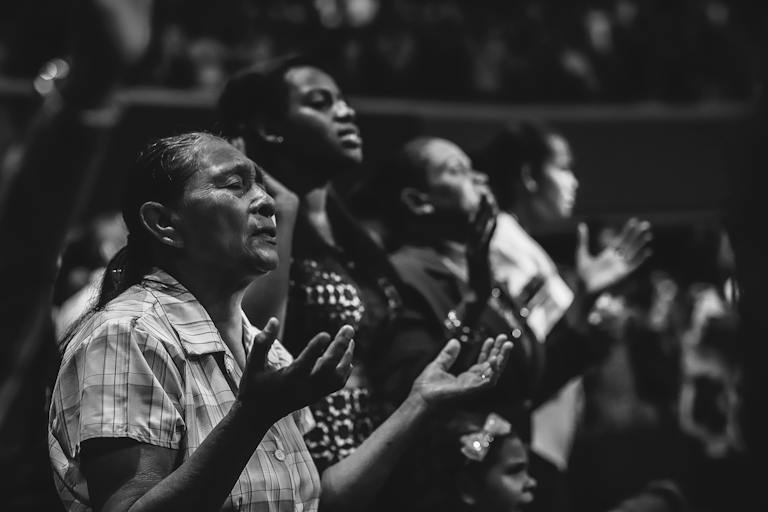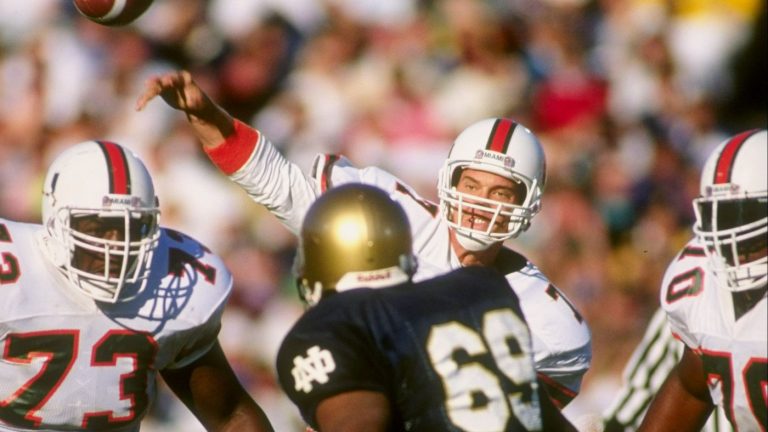Episcopal vs Catholic: The Differences and Similarities
People often ask me, as a priest, what the differences are between the Episcopal and Catholic churches. Since they share some history and liturgy, it is easy for people to get confused. In this post, I hope to make things clearer.
At their core, Episcopal and Catholic churches have more similarities than differences. Both follow sacred traditions tracing back to the apostles. Both celebrate the sacraments as visible signs of God’s grace. And both strive to grow closer to God through worship, scripture, sacrament, and service.
However, there are some key distinctions in governance, authority, and certain social issues that I’ll explain below:
| Category | Episcopal | Catholic |
|---|---|---|
| Governance | Decentralized structure with autonomous regional bodies | Centralized hierarchy with Pope as head |
| Authority | Regional bodies and dioceses have authority to set local policies | Sweeping authority vested in centralized Vatican magisterium over doctrine and social policies |
| Social Issues | Local interpretation allows alignment with cultural progressivism on issues like gender, sexuality, and inclusion | Conservative stances grounded in traditional church teachings resist rapid cultural shifts |
| Example Issues | Ordain women priests since 1976; permit same-sex marriage and LGBTQ+ clergy | Do not ordain women priests; do not permit same-sex marriage or LGBTQ+ clergy |
| Rites and Sacraments | Liturgy and the seven sacraments are extremely similar, outside some baptism and confirmation policies | Additional devotion to Mary and transubstantiation beliefs |
| Theology | Risk of diluting traditional Anglican theology with decentralized authority | Centralized authority maintains orthodox interpretations |
| Culture | Embraces individual moral reasoning aligned with cultural trends | Lay Catholics look to centralized church for teachings on social issues |
Church Governance
The most fundamental difference between the two churches is governance.
The Catholic Church has a centralized hierarchy, with the Pope as the head. Catholic bishops oversee designated geographic dioceses around the world but ultimately report to the Vatican. This concentrates authority and orthodox teaching through the magisterium.
Meanwhile, the Episcopal Church has a decentralized structure. Each regional body of dioceses is autonomous and oversees its own governance, budget, policy, and worship rules. This allows more flexibility but also leads to variations in orthodoxy.

Authority and Social Issues
The Catholic Church vests more sweeping authority with the magisterium to establish doctrine, theology, and social policies that it considers grounded in scripture and sacred tradition. As such, Catholic teachings on issues like marriage, ordination, and sexuality tend to be conservative and resist rapid cultural shifts.
The Episcopal Church grants authority more broadly to regional bodies of bishops and dioceses. There is a wider latitude for local interpretation, which often aligns more closely with prevailing cultural progressivism on issues of gender, sexuality, and inclusion. However, this risks diluting traditional Anglican theology for some.
For example, the ordination of female priests began in the Episcopal Church in 1976 but still does not occur in Catholicism. The Episcopal Church also permits same-sex marriage and LGBTQ+ clergy, while Catholic doctrines do not. Episcopal policies vary across regions, though the national church tends to assume a more liberal posture than the Vatican.
Rites and Sacraments
Episcopal and Catholic parishes are remarkably similar in their liturgy during weekly worship services centered around the Holy Eucharist. Both profess ancient creeds, pray common prayers, observe the church calendar, and celebrate the same seven sacraments as sacred rites.
However, some sacraments carry different rules or emphasis between the churches:
- Baptism policies welcoming infants differ slightly, rooted in contrasting views on original sin.
- Catholic confirmations occur at younger ages than in Episcopal churches.
- Requirements around divorce and annulment also diverge between Catholicism and Anglican rites.
Another distinction is the Catholic devotion to Mary and the recognition of transubstantiation during Holy Communion. While absent from Episcopal worship, these theological views still trace shared church history.
Conclusion
At a basic level, Episcopal and Catholic parishes share the joy of glorifying God through inspired worship rooted in the gospel. We share more common ground than standing issues may imply.
However, we must acknowledge the real differences in structure, authority, and culture between the Vatican and the Anglican communion. Lay Catholics look to centralized church teachings on social issues; Episcopalians retain autonomy in moral reasoning at regional and individual levels.
My hope is that this post has brought clarity about the major distinctions while illuminating a shared passion for the sacraments and service at the heart of our common Christian faith. Where human divisions once led to schisms, perhaps greater understanding can heal and unify the global body of Christ.







